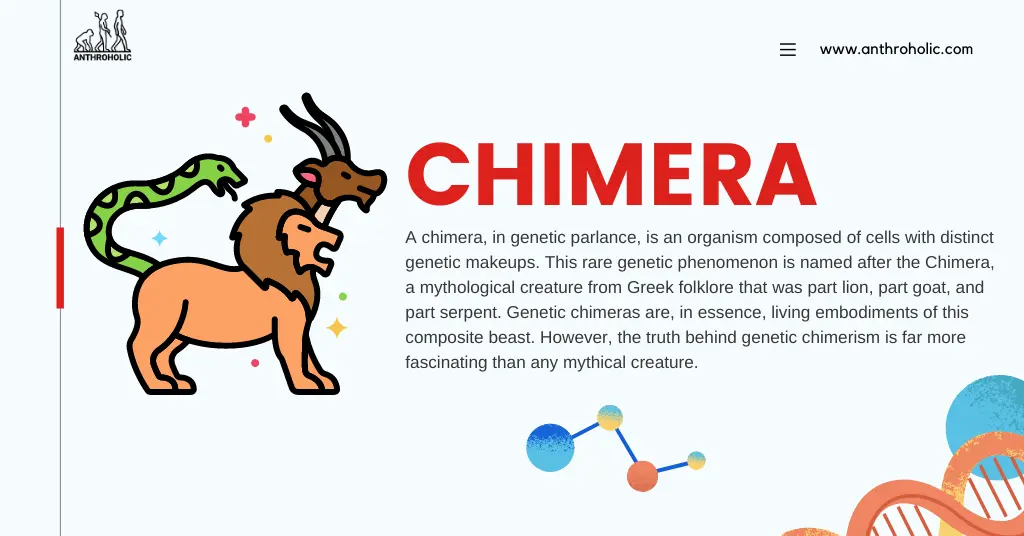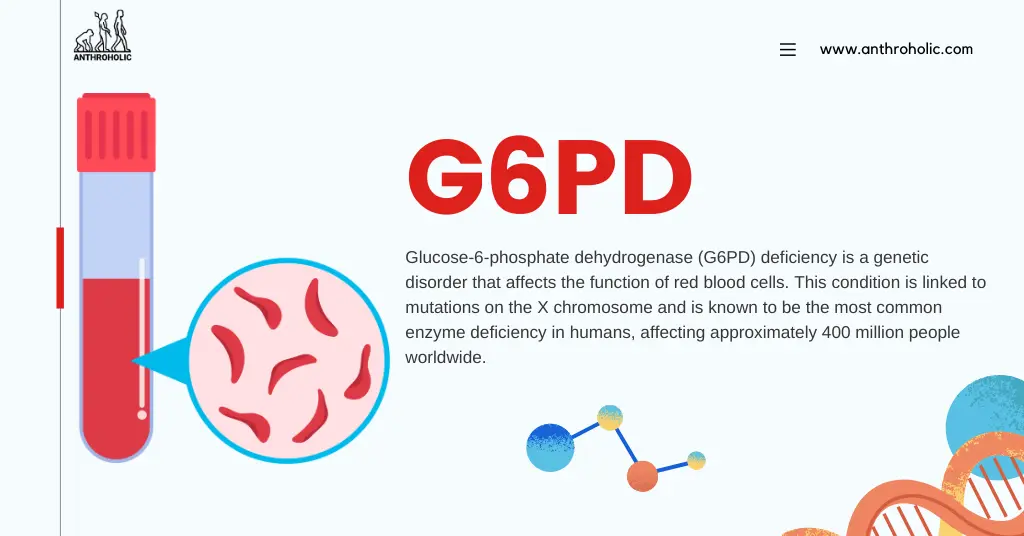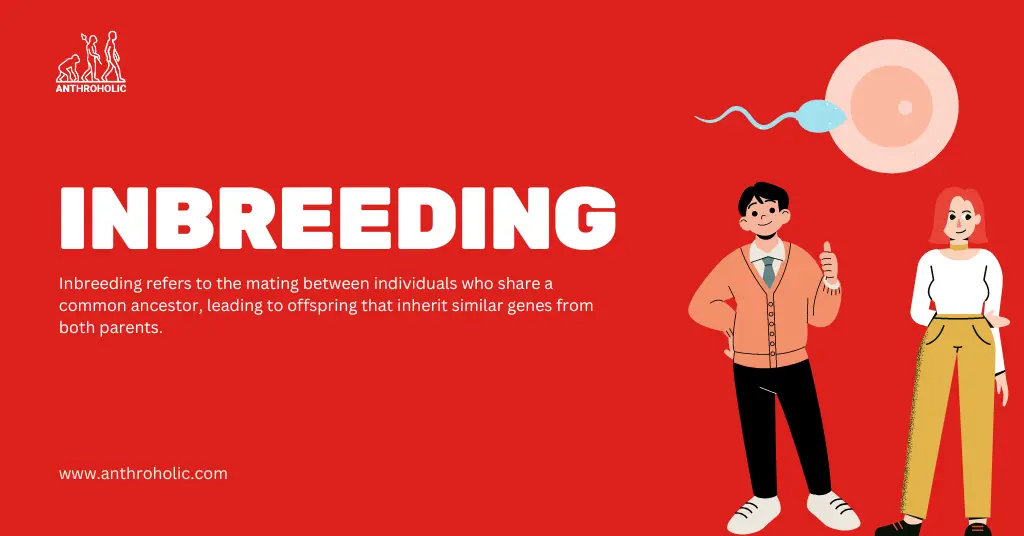AI Answer Evaluation Platform Live Now. Try Free Answer Evaluation Now

Human’s Place in Animal Kingdom
Human's place in animal kingdom is determined by the biological classification system called taxonomy. Human beings, often considered a unique entity due to our complex intellectual capabilities and cultural systems, belong to the vast and diverse animal kingdom










